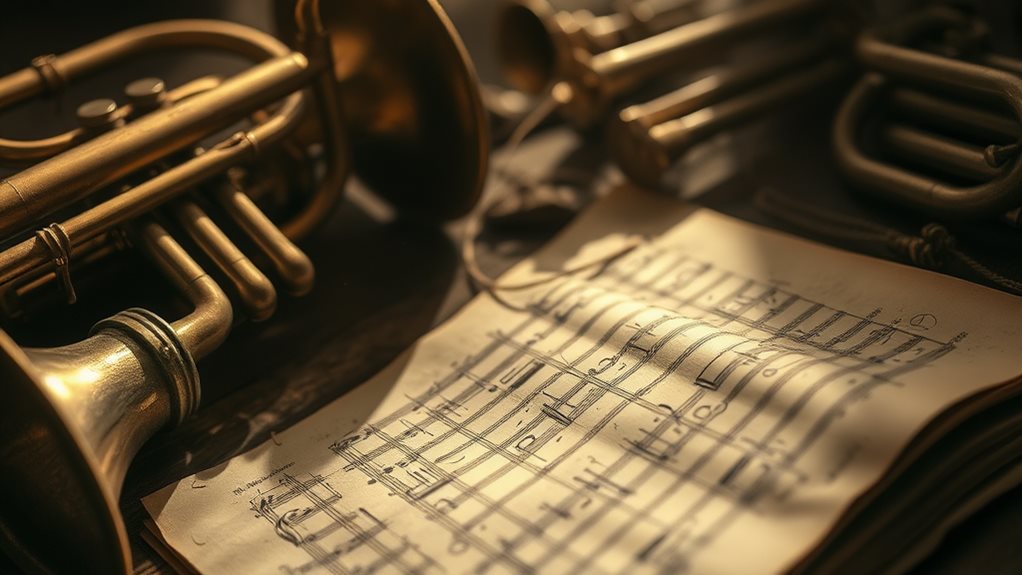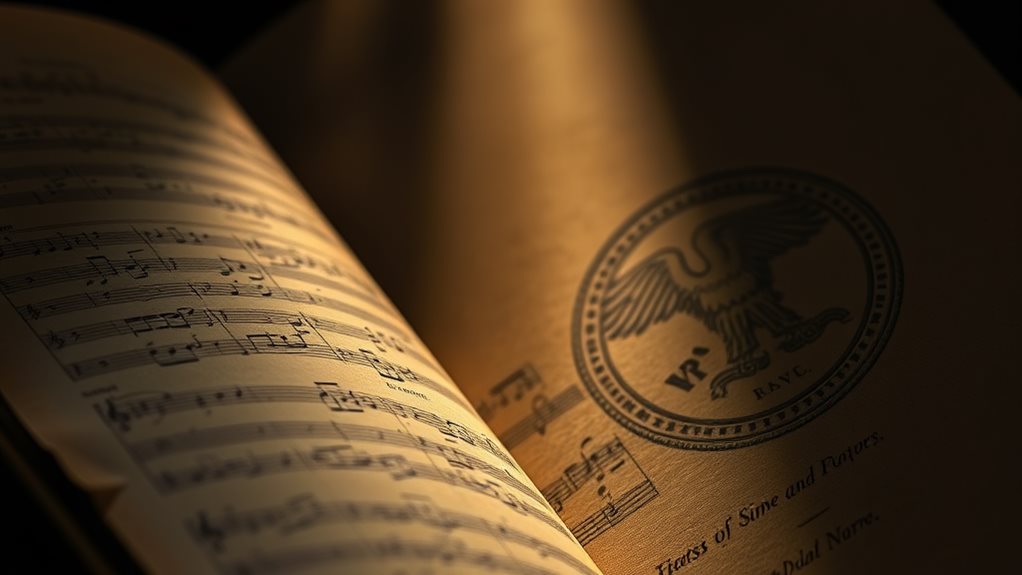The Philippine Revolution of 1896 was fueled by more than just arms; music played a significant role in the fight for independence.
Composers, such as Julio Nakpil, created anthems that rallied revolutionaries. For example, Nakpil's "Marangal na Dalit ng Katipunan" blended indigenous styles with European influences, reflecting the complex cultural context of the time. This musical fusion is characteristic of the period, showcasing the nation's diverse heritage.
The rediscovery of "lost" songs from the revolution reveals a sophisticated musical landscape. These songs not only showcased the revolutionary spirit but also highlighted the nation's emerging identity. The fact that many of these songs survived against the odds speaks to their enduring power and significance in Philippine history.
The story of these "lost" songs is a testament to the nation's rich musical heritage and its role in shaping the country's struggle for independence.
The 1896 Revolution's Dawn

The Philippines' 1896 Revolution marked a pivotal moment in the country's struggle for independence from Spain. Decades of oppressive Spanish colonial rule fueled the revolution. This oppressive system stifled Filipino aspirations for centuries, creating widespread resentment.
The opening of the Suez Canal introduced Filipinos to liberal ideas, which fueled the revolutionary spirit. José Rizal's novels, such as *Noli Me Tángere*, became powerful symbols of resistance. These novels showcased the injustices of the colonial regime, shaping a collective consciousness and inspiring Filipinos to fight for their rights.
The formation of the Katipunan, a secret revolutionary society led by Andrés Bonifacio, marked a decisive shift towards armed struggle. The rapid growth of the Katipunan demonstrated the widespread desire for freedom****, transforming the nascent revolutionary spirit into a powerful force.
This clandestine organization fostered a unique cultural expression, creating a shared identity built on resistance and mutual support.
The 'Cry of Pugad Lawin' was a significant event in the revolution. It represented a profound rejection of colonial authority and a declaration of self-determination****. The tearing of the *cédulas* was a powerful cultural expression of discarding the shackles of a repressive system.
This act symbolized Filipino defiance against Spanish rule and their desire for independence.
The subsequent armed struggle, although initially met with Spanish force, signified the birth of a new era**. Filipinos actively fought for their right to self-governance, fueled by an unwavering revolutionary spirit**.
The initial battles, though not always victorious, solidified the revolutionary spirit and paved the way for a future independent nation.
Musical Voices of Revolt
The Philippine Revolution expressed its patriotic spirit through music. Composers like Julio Nakpil created stirring pieces that served as symbols of revolutionary spirit and unity. His works, such as "Pasig-Pantayanin," "Biak na Bato," and "Balintawak," weren't just marches, but expressions of national pride, bravery, and a yearning for freedom.
Folk adaptations played a significant role in the revolution's musical landscape. Nakpil's integration of native folksongs into piano works like "Lulay" and "Recuerdos de Cápiz" highlights this aspect. These adaptations were acts of cultural reclamation, using familiar melodies to convey messages of national identity and defiance under colonial rule.
This approach enabled the music to communicate revolutionary ideals across social strata.
The "Marangal na Dalit ng Katipunan" was a prime example of patriotic expression. Commissioned by Andres Bonifacio, the Katipunan anthem served as a rallying cry and symbol of unity amongst Katipuneros.
It emphasized their commitment to purity and their scorn for Spanish oppression****. The revolution's musical legacy extended to theatrical productions like the 1896 musical, which brought the stories of Bonifacio, Aguinaldo, and other heroes to life through song.
This musical showcased poignant portrayals of struggle and sacrifice.
Composers of the Struggle

The Philippines Revolution's musical landscape was shaped by a diverse group of composers** who skillfully blended indigenous styles with European influences**. This blend of styles was evident in the works of prominent figures like Andres Bonifacio, whose patriotic poems were later set to music.
For example, Jose Rizal wrote the song "Alinmang lahi," which further enriched the musical evolution.
Composers like Julio Nakpil also played a significant role in shaping the revolution's musical heritage. Nakpil's "Marangal na Dalit ng Katipunan" became the Katipunan's anthem****, cementing his place in history.
Another notable composer, Julián Felipe, wrote "Trece martires," a song that initially had Spanish lyrics, highlighting the bilingual compositions of the era.
In addition to prominent composers, many anonymous works, such as "Naghihintay" and "Ako'y pinabayaan," also survive, showcasing the widespread participation in revolutionary music-making.
These songs often utilized local instruments like the kutiyapi, basal, and babarak, alongside European influences.
The preservation efforts, including archival research and publications like "Mga awit ng himagsikan," have helped unveil the depth and complexity of this musical legacy.
Foreign Influences' Impact
The Impact of Foreign Influences on Filipino Music****
Filipino music was significantly shaped by foreign musical traditions, particularly those from Spain and the United States. Centuries of Spanish colonization led to the adoption of Spanish musical idioms and techniques, resulting in cultural assimilation**. This is evident in the localization of the zarzuela, a traditional Spanish musical genre. Filipino composers adapted and blended Hispanic practices with existing Filipino styles, creating a unique musical fusion**.
However, this cultural exchange came at a cost, as indigenous practices declined.
American Influence on Filipino Music
The American occupation introduced American blues, folk, and rock and roll to the Philippines. American neoclassicism influenced composers like Lucrecia Kasilag and Eliseo Pajaro. American march music also inspired Filipino compositions, while Filipino rock emerged, adapting Tagalog lyrics to American styles.
Jazz experienced a unique fusion, blending Afro-American and Hispano-Filipino elements. This blend of Western and local traditions allowed Filipino composers to negotiate artistic freedom and create a distinctive musical heritage.
Other Foreign Influences on Filipino Music
In addition to Spanish and American influences, other Spanish colonies, like Cuba and Argentina, also contributed to the rich musical tapestry of the Philippines. Filipino composers cleverly adapted foreign styles, creating a unique national identity****.
This is evident in the emergence of genres like the "Filipino foxtrot," which showcases musical fusion and creative adaptation. Through this complex interplay of cultural assimilation and musical fusion, a vibrant and distinctive musical heritage developed in the Philippines.
Rediscovering Lost Melodies

The Rediscovery of the Lost National Anthem****
The rediscovery of "Marangal na Dalit ng Katagalugan" sheds light on the musical landscape of the Philippine Revolution. This anthem was the official song of the Tagalog Republic's revolutionary government**. It was composed by Julio Nakpil** at Andres Bonifacio's request and first performed at Bonifacio's Balara camp.
The anthem's history is marked by displacement and resilience. The rise of Emilio Aguinaldo's government led to its replacement by "Lupang Hinirang". However, the song persisted in some regions, fueled by the cultural revival amongst Bonifacio's supporters, including Macario Sakay.
The original score's destruction in 1945 didn't silence the anthem entirely. Julio Nakpil's reconstruction from memory ensured its survival. His later instrumental work, "Salve, Patria," further testifies to the enduring power of the composition.
The Julio Nakpil Project is one of the initiatives that have contributed to the anthem's rediscovery. Through meticulous historical musicological research, the project has brought this lost melody back into the light. This effort has fostered a deeper understanding of the revolutionary period and preserved a vital piece of Filipino musical heritage.
The rediscovery of "Marangal na Dalit ng Katagalugan" allows us to delve into a crucial expression of Filipino national identity. By tracing the anthem's legacy, we can appreciate the cultural revival that underscores the ongoing legacy of Bonifacio's revolution.
Questions and Answers
Where Are Original Musical Scores Kept?
The University of the Philippines-Diliman College of Music's archival collections house original manuscripts. These musical scores are preserved within the college's collections to maintain their integrity and significance.
How Were Songs Secretly Distributed?
Revolutionary songs were secretly distributed through hidden networks and coded messages.
To avoid detection, people used clandestine meetings to share songs with one another. These secret gatherings allowed individuals to exchange information and music without being caught.
Coded lyrics were used to conceal the true meaning of the songs.
In some cases, songwriters used coded lyrics to hide the revolutionary message within their songs. For example, a song might seem to be about love, but it actually contained a hidden message about freedom or rebellion.
Oral transmission played a significant role in the secret distribution of songs.
People relied on word of mouth to share songs and messages with one another. This method allowed them to spread information quickly and efficiently, without leaving a paper trail that could be detected by authorities.
Did Revolutionaries Sing in Battle?
Historical records show that music played a significant role in boosting battle morale during the American Revolution. Revolutionary anthems, such as "The Liberty Song" and "Chester," were sung by soldiers to unite and motivate them before and during battles. While there is no conclusive evidence that soldiers sang constantly in battle, the impact of music on their fighting spirits is undeniable. For example, "Yankee Doodle" was a popular tune that became a symbol of American patriotism and was often sung by soldiers to raise their morale and intimidate their enemies.
What Instruments Were Commonly Used?
Traditional instruments played a crucial role in the revolutionary period's musical landscape. Bamboo and kulintang were two significant examples, as they held deep cultural significance in the region. The use of these instruments was not only a reflection of the local heritage but also a symbol of resistance against foreign influences.
In contrast, violins and pianos were also commonly used during this time, reflecting the impact of Western influences on the local music scene. This blend of traditional and Western instruments resulted in a unique musical complexity that defined the revolutionary period.
Were Any Songs Specifically for Children?
There is no evidence of songs specifically created for children during this era. The main focus of the music during this time was on mobilizing adults rather than entertaining children. As a result, no records of children's anthems or lullabies from the revolution have been found.